
Tag: church
-

Easy Group Game: Mouthpiece Madness
Read More: Easy Group Game: Mouthpiece MadnessI got this idea from a friend of mine at Camp Orchard Hill, Derek Hodne. I did some searching online and discovered that many other people have taken this game and packaged it into various retail forms, such as Watch Ya Mouth, Speak Out, and Mouthguard Challenge. The game is simple, and you can do…
-
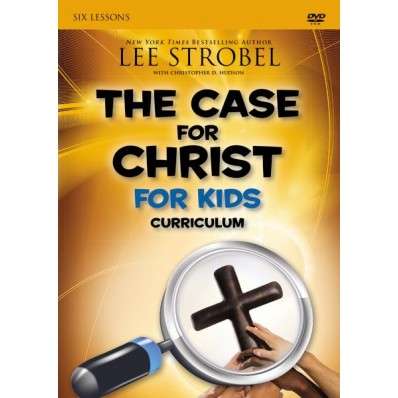
Faith Development Resources: Pre-Teen
Read More: Faith Development Resources: Pre-TeenELEVEN TO TWELVE YEARS Biblezines series. Nashville, TN: Thomas Nelson, various dates. Thomas Nelson publishers has created a series of whole-text Old and New Testaments printed in the style of a modern magazine. They call them “Biblezines.” There are different versions for different genders and age groups. There is Revolve for girls and Refuel for…
-
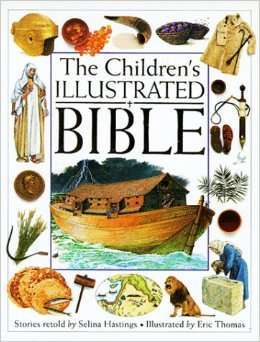
Faith Development Resources: Late Elementary
Read More: Faith Development Resources: Late ElementaryEIGHT TO TEN YEARS Adventures in Odyssey. Produced by Focus on the Family, Adventures in Odyssey is a long-running radio program that is set in the fictional mid-American town of Odyssey. Whit is the wise elder statesman of the community who helps kids figure out solutions to life’s problems through a Christian and Biblical perspective.…
-
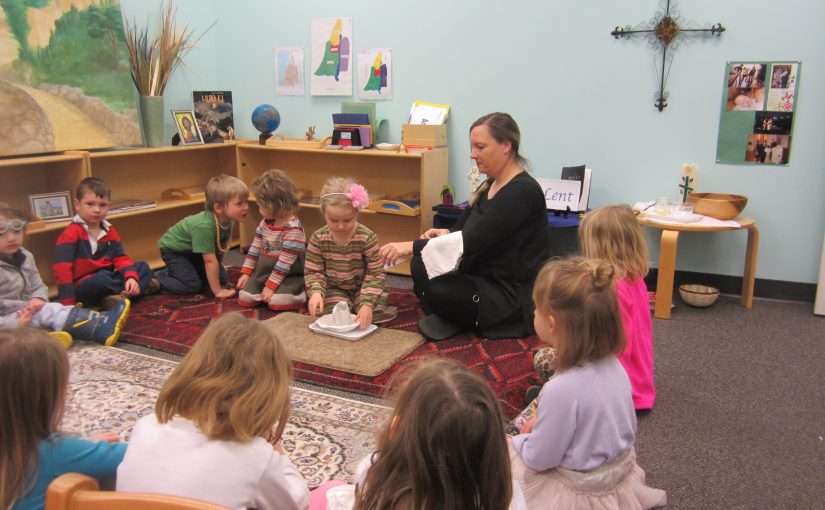
Faith Development Resources: Early Elementary
Read More: Faith Development Resources: Early ElementaryFIVE TO SEVEN YEARS Lucado, Max, Randy Frazee, and Karen Davis Hill. Illustrated by Josee Masse. God’s messages for little ones: the story of God’s enormous love. Grand Rapids, MI: Zonderkidz, 2012. Well-known pastor and author Max Lucado leads a qualified team to present this devotional for children. With 31 devotions, the book can be…
-
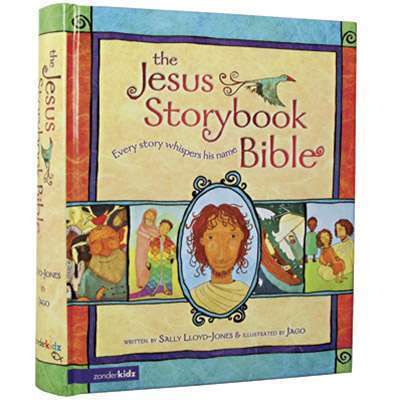
Faith Development Resources: Preschool
Read More: Faith Development Resources: PreschoolThis is the second list in a series of posts I am doing that list resources for ministry in both the church and home in regards to nurturing faith in children. Here we turn to the preschool age group. TWO TO FOUR YEARS Arch Books. Various authors. St. Louis, MO: Concordia Publishing House. There are…
-
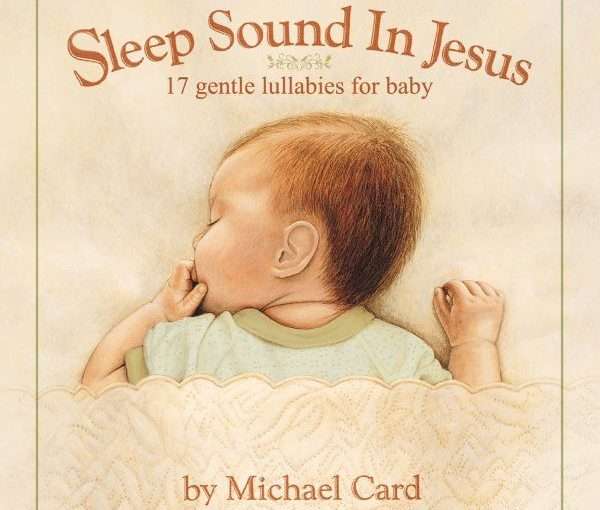
Faith Development Resources: Early Childhood
Read More: Faith Development Resources: Early ChildhoodINTRODUCTION Finding quality resources that help nurture the faith development of children and families can sometimes be difficult. This is the first post in a series, broken up by age-level focus, that can be of help to children, family members, and ministry leaders as they navigate the pilgrimage of the Christian faith. I will start…
-

Valentine’s Day Lesson for Children’s Church
Read More: Valentine’s Day Lesson for Children’s ChurchHere is a brief presentation I gave for the kids at my church on Valentine’s Day 2016. I do some juggling in it, but if you give a similar lesson (which you are free to do, of course), just insert your own version of something impressive to demonstrate to the children instead of juggling. The…
-

Protecting Children in Church from Sexual Abuse
Read More: Protecting Children in Church from Sexual AbuseEvery so often, we’re reminded of the importance of security and the screening of children’s ministry volunteers. Just yesterday, this story came out about a 57 year-old man from Largo, Florida who got busted for possessing child pornography and having chats online with kids about sex and cannibalism: http://www.cnn.com/2012/07/25/justice/florida-puppeteer-porn/index.html Here’s another detail to his story…
Search
Popular Posts
-
“Holy Fools”: Exploring the Journey of Calling for Christian Variety Performers
I am happy to announce that my PhD dissertation has been published to ProQuest, an academic database for published research. I have made the dissertation open source, which means anyone anywhere can access the full content free of charge. Here is the full dissertation: https://www.proquest.com/dissertations-theses/holy-fools-exploring-journey-calling-christian/docview/2622316783/se-2 Please share far and wide. I am very much excited…
-
The Easiest Large Group Game Ever
This is probably the easiest large group game ever invented. If you can think of an easier one, please let me know in the comments. Heads or Tails! This game of heads or tails involves EVERYONE in your large group. It is actually better the larger the group gets. There is an elimination factor to…
-
Out of the Mouths of Children
“Out of the Mouths of Children” Sermon from Sunday, April 21, 2024 Dr. Jesse Joyner *Scripture passages are from the NIV unless otherwise noted. Matthew 21:6 “…and they said to him, ‘Do you hear what these are saying?’ And Jesus said to them, ‘Yes; have you never read, ‘Out of the mouth of infants and…
-
Not a Single Bone Shall Be Broken
Today is Good Friday on the Christian calendar. I would like to share a Good Friday reflection with you. Thank you for reading… When I speak at children’s events, I tell the story of Jesus and his ministry on earth. I point out that Jesus was the only human in history who lived a perfect…
-
From the Lips of Children
Tomorrow is Palm Sunday, the day of the Christian calendar where we celebrate the Triumphal Entry, when Jesus rode into Jerusalem on a donkey while the crowd shouted “Hosanna!” That means, “Save!” The choice of donkey versus a horse demonstrates that Jesus is the humble king. But there is another detail of this story that…




